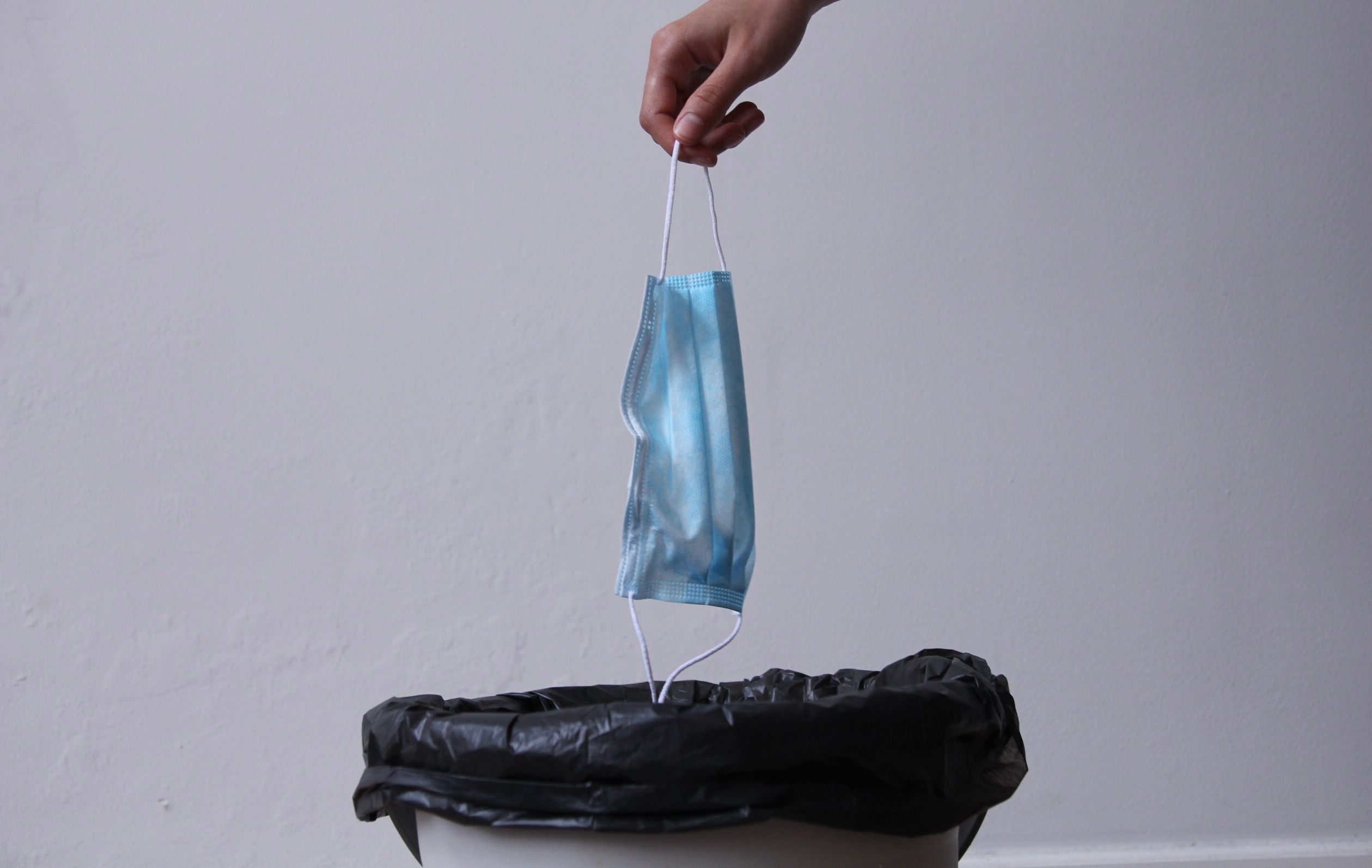- Drug Coverage
- Hypertrophic Cardiomyopathy (HCM)
- Vaccines: 2023 Year in Review
- Eyecare
- Urothelial Carcinoma
- Women's Health
- Hemophilia
- Heart Failure
- Vaccines
- Neonatal Care
- NSCLC
- Type II Inflammation
- Substance Use Disorder
- Gene Therapy
- Lung Cancer
- Spinal Muscular Atrophy
- HIV
- Post-Acute Care
- Liver Disease
- Pulmonary Arterial Hypertension
- Safety & Recalls
- Biologics
- Asthma
- Atrial Fibrillation
- Type I Diabetes
- RSV
- COVID-19
- Cardiovascular Diseases
- Breast Cancer
- Prescription Digital Therapeutics
- Reproductive Health
- The Improving Patient Access Podcast
- Blood Cancer
- Ulcerative Colitis
- Respiratory Conditions
- Multiple Sclerosis
- Digital Health
- Population Health
- Sleep Disorders
- Biosimilars
- Plaque Psoriasis
- Leukemia and Lymphoma
- Oncology
- Pediatrics
- Urology
- Obstetrics-Gynecology & Women's Health
- Opioids
- Solid Tumors
- Autoimmune Diseases
- Dermatology
- Diabetes
- Mental Health
The Respiratory Panel Challenge Now Faced by Payers with the Ending of the PHE
Labs are justifying larger respiratory panels as simplifying a physician’s job in diagnosing via lab testing, but payers need to observe the multiplex testing trend.
© Jaime - stock.adobe.com

The end of the Public Health Emergency (PHE) for COVID-19 is having a mixed impact on industry segments due to reimbursement changes. Payers can return to business as usual for lab testing, but labs will experience a reduction in reimbursement. In an attempt to maximize reimbursement, labs may take advantage of the more highly reimbursed codes approved by the Centers for Medicare & Medicaid Services (CMS), while others are attempting to market large panels for respiratory pathogens.
Labs are justifying larger respiratory panels as simplifying a physician’s job in diagnosing via lab testing, but payers need to observe the multiplex testing trend. In this post-PHE environment, payers must ensure that policies that manage laboratory services are up to date, including those associated with COVID-19, while carefully reviewing utilization before adding a lab to a participating network.
Post-PHE Reimbursement & Coding Changes
Health plans are no longer obligated to reimburse labs for COVID-19 testing at 100% of billed charges. For traditional Medicare, that means continued coverage without cost share if the test is ordered by a physician or other qualified provider (such as a physician assistant or nurse) and if the test is performed by a qualified laboratory.
For Medicare Advantage and other commercial insurance, cost-sharing now applies as determined by the managing health plan and member benefit. This includes the ability of the health plan to pay out-of-network (OON) providers within the defined member benefits (e.g., no reimbursement or at an increased cost share). Plus, over-the-counter tests are no longer covered (100% out-of-pocket expense).
The increased payment for “high-throughput” technology testing is no longer eligible:
- The temporary codes U0003, U0004, and U0005 are no longer recognized or reimbursed.
- The COVID-19 collection codes G2023/G2024 will no longer be recognized or reimbursed.
- PCR testing for COVID-19 will be described by CPT code 87635 and reimbursed by CMS at $51.31.
- Commercial health plans may negotiate rates for in-network testing and apply cost-sharing benefits for OON lab testing.
When the PHE ended, the CMS fees for multiplex respiratory testing, which includes the combinations of COVID-19/influenza testing and COVID-19/RSV/influenza testing, were unchanged. The post-PHE CMS reimbursement for a multiplex test for SARS-COV2 and Flu A/B and RSV Amp prb remains at $142.65.
Payers need to be alert to the move away from the single COVID-19 code (87635) and the increasing use of the more highly reimbursed multiplex codes (87636 and 87637), which are expected to prevail as the primary test for COVID-19 going forward.
Payers also are watching the development of larger panels for respiratory pathogens (with some targeting up to 40 pathogens), which labs are marketing at higher reimbursement rates. The increase in multiplex tests will drive costs higher for payers – and for patients since member cost share has returned.
How Payers Can Meet the Challenge
While the value of lab testing is not diminished by the end of the PHE, “shotgun” multiplex respiratory tests are a challenge for payers, providers, and patients. A solution is Lab Benefit Management (LBM), which provides integrated tools focused on value-based healthcare that improves quality and drives savings.
LBM helps payers manage all lab testing spend, with minimal abrasion, using evidence-based guidelines. LBM offers laboratory clinical policy adaption and adoption, with automated enforcement of evidence-based lab policies. Ideally, an independent clinical advisory board will leverage internal and external laboratory experts to evaluate tests in order to create robust, clinically sound policies and coverage criteria.
As new tests launch into the market or there is a shift in testing patterns as described with COVID-19 testing, policies should be updated with curated science within an automated clinical policy enforcement platform. The breadth of the policies and depth of the scientific review will create a foundation to uniquely manage laboratory testing at scale.
Another way to rein in costs is to maintain a curated lab network that contracts with labs at the test rate. But payers should carefully review a lab’s utilization before adding it to the participating network.
A transition from fee-for-service healthcare to value-based reimbursement models supported by LBM solutions will help eliminate laboratory testing overuse, including the trend toward multiplex testing for respiratory pathogens.
2023 Drug Trend Report - Xevant
May 16th 2024To effectively navigate the changing pharmacy landscape and maintain a robust, cost-effective pharmacy benefit, you must understand the forces behind rising drug trend. What’s driving your costs and what can you do about it? As a leader in the PBM analytics space, we offer a unique perspective on pivotal trend drivers. Here’s what our comprehensive analysis revealed: -A surge in utilization rates across specialty and non-specialty drugs, magnified by anti-obesity therapies -Financial strain imposed by anti-inflammatory biologics and the yet-to-be-fulfilled -promise of biosimilar savings -Persistent price inflation driving higher costs year over year
Read More
